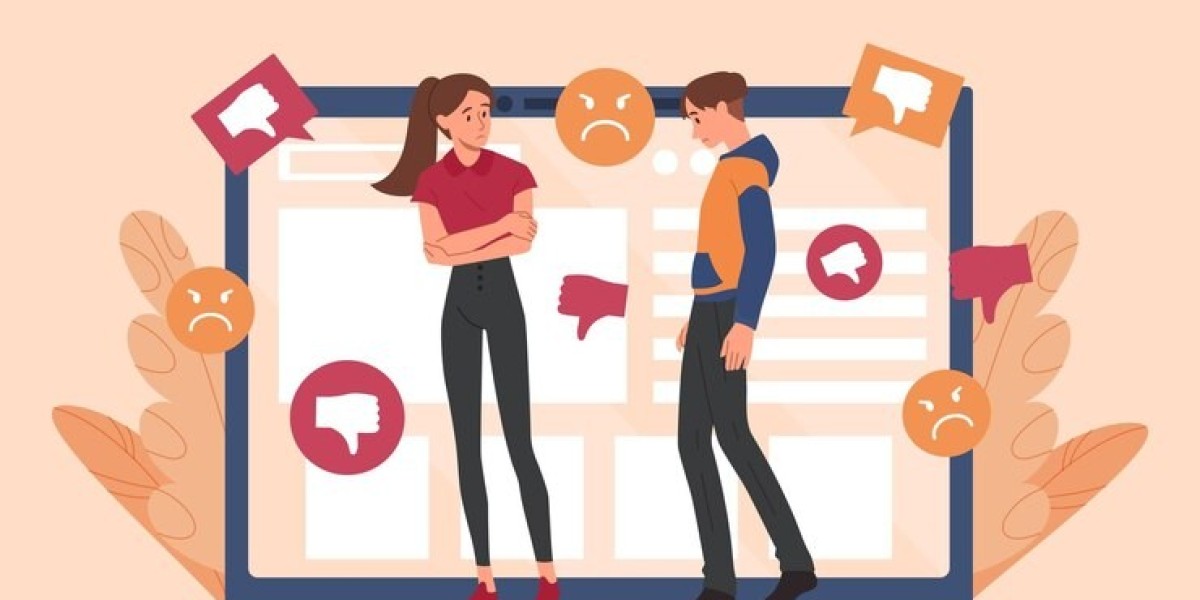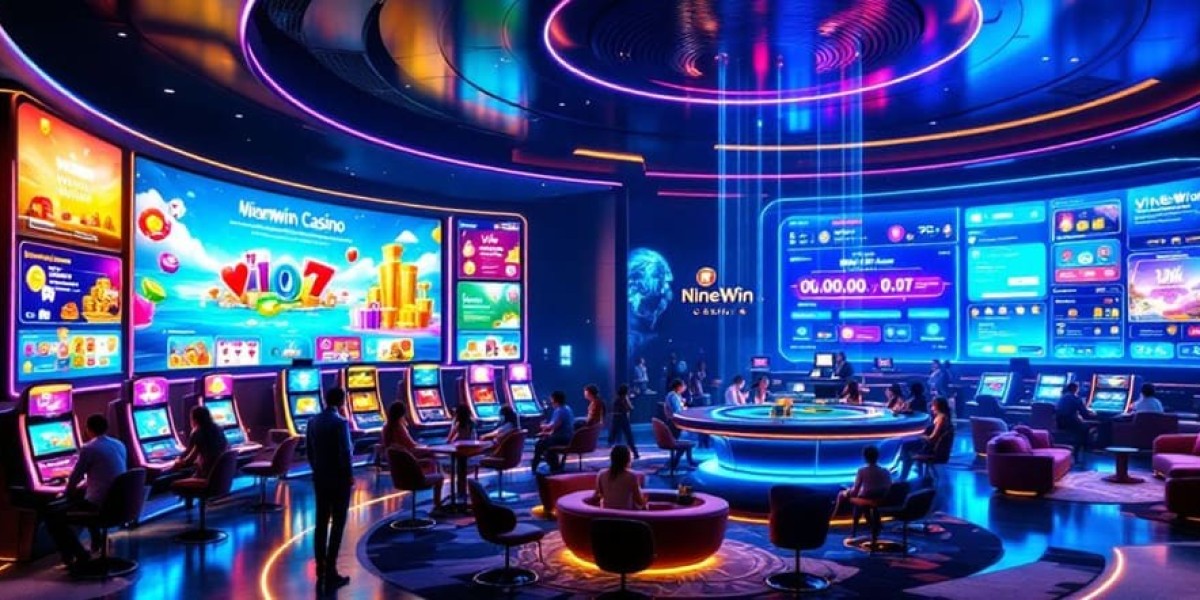In today’s digital age, animation has become a powerful tool for communication, and 2D animation, in particular, is increasingly being used to promote social causes. Whether it’s addressing environmental issues, advocating for human rights, or raising awareness about mental health, 2D animation offers an engaging, relatable, and accessible platform for storytellers. This blog will explore the impact of 2D animation in promoting social causes, the reasons behind its effectiveness, and strategies for creating compelling animations using 2D animation services. We will also discuss how integrating elements like a 3D animated logo can enhance the brand identity of a campaign.
Why 2D Animation is Effective for Promoting Social Causes
2D animation is a visual storytelling medium that uses hand-drawn or digitally created illustrations to bring characters and scenes to life. Unlike live-action videos, which require actors, sets, and complex filming techniques, 2D animation is versatile and cost-effective, making it an ideal choice for non-profits and social organizations with limited budgets.
Here are a few reasons why 2D animation is particularly effective for promoting social causes:
- Simplicity and Clarity
- 2D animation allows for simplified storytelling, stripping away unnecessary details and focusing on the core message. This clarity is essential when conveying important information about social causes like climate change, gender equality, or poverty alleviation.
- By using clear visuals and concise narration, animated videos can break down complex topics into digestible and understandable messages, making them accessible to diverse audiences.
- Emotional Connection
- 2D animation can evoke emotions through its expressive characters, vibrant colors, and dynamic movement. Social causes often need to connect with audiences on an emotional level to inspire action, and animation’s ability to tell stories with empathy is a valuable asset.
- Characters in 2D animations, even if they are stylized or abstract, can effectively depict emotions like sadness, joy, anger, and hope, allowing viewers to empathize with the cause and feel motivated to engage.
- Wide Reach and Shareability
- Animated content is highly shareable on social media platforms, making it an effective way to reach a broad audience quickly. Organizations can use 2D animation services to create short, engaging videos that are easy to distribute on platforms like YouTube, Instagram, TikTok, and Facebook.
- By crafting animations that resonate with viewers, social causes can go viral, amplifying their impact and encouraging people to share the message with their networks.
- Flexibility and Creativity
- Unlike traditional videos, 2D animation is not limited by physical constraints. Animators can create anything from imaginary worlds to abstract representations of real issues, offering endless possibilities for creativity.
- This flexibility allows social causes to be illustrated in innovative ways, such as using symbolism, metaphor, or surreal imagery to create a powerful and memorable visual experience.
Best Practices for Using 2D Animation Services to Promote Social Causes
To create effective 2D animations that promote social causes, it’s important to follow best practices that ensure the message is impactful, engaging, and visually appealing.
1. Define the Purpose and Audience
Before beginning the animation process, it’s crucial to have a clear understanding of the purpose and target audience of the animation. Ask the following questions:
- What is the specific social cause being addressed?
- What action or outcome is the animation aiming to achieve (e.g., raising awareness, fundraising, encouraging volunteer participation)?
- Who is the target audience (e.g., children, young adults, policymakers, or the general public)?
By defining these elements, the animation can be tailored to resonate with the intended audience, ensuring that the message is both relevant and persuasive.
2. Craft a Compelling Storyline
A well-crafted storyline is the heart of any successful 2D animation. When promoting a social cause, the narrative should be structured to:
- Introduce the issue in a relatable and concise manner.
- Highlight the challenges or problems faced.
- Provide a solution or call to action that motivates viewers to engage.
For example, if the animation is about protecting endangered species, the story could follow a young animal facing challenges due to deforestation, showing how viewers’ actions can make a positive difference. Such storytelling not only educates the audience but also encourages them to take action.
3. Use Character Design to Represent the Cause
Characters are powerful tools in 2D animation, as they help viewers connect with the story on a personal level. When designing characters for a social cause animation:
- Ensure they are relatable and represent diverse groups of people, if applicable, to foster inclusivity and empathy.
- Use expressive designs that convey the emotions related to the cause—whether it’s sadness, hope, determination, or joy.
- Consider using non-human characters or abstract symbols when appropriate, as these can sometimes simplify complex issues and make them more engaging.
4. Incorporate Strong Visual Elements and Color Theory
Visuals play a key role in communicating messages effectively in animation. Utilize 2D animation services that focus on:
- Bold and vibrant colors to grab attention and convey specific emotions. For example, green tones might be used for environmental causes, while warm colors like red and orange can evoke urgency.
- Symbolic imagery and metaphors that deepen the viewer’s understanding of the social issue. For instance, using visual motifs like chains to represent oppression or growth symbols like trees for environmental awareness can add depth to the message.
Integrating a 3D animated logo at the beginning or end of the animation can also enhance branding and professionalism, ensuring that viewers recognize the organization behind the cause.
5. Focus on Sound Design and Voice Narration
Sound is a critical element in making the animation immersive and emotionally compelling. Work with 2D animation services that provide:
- Background music that matches the tone of the animation, whether it’s upbeat and hopeful or solemn and reflective.
- Voice narration that is clear, engaging, and suited to the target audience. A well-delivered narration helps guide viewers through the story, ensuring that the message is communicated effectively.
- Sound effects that enhance the animation, making actions and emotions more realistic and impactful.
Case Studies: Successful 2D Animation Campaigns for Social Causes
To better understand how 2D animation can promote social causes, let’s look at a few successful campaigns:
- UNICEF’s Animation Series on Children’s Rights
- UNICEF has used 2D animation to educate children and adults alike about the rights of children worldwide. By creating short, colorful animations that depict scenarios children face, the organization makes the information accessible and engaging for its audience.
- The use of relatable child characters and simple storylines ensures that viewers understand the importance of children’s rights and are motivated to support UNICEF’s mission.
- Greenpeace’s Environmental Awareness Animations
- Greenpeace often uses 2D animation to highlight environmental issues like deforestation, ocean pollution, and climate change. These animations utilize symbolic imagery, such as melting ice caps or animals losing their habitats, to create a visual impact.
- By combining these visuals with emotional storytelling and a clear call to action, Greenpeace effectively mobilizes viewers to participate in their campaigns, such as signing petitions or making donations.
- Mental Health Awareness Campaigns by Non-Profit Organizations
- Many mental health organizations use 2D animations to address topics like depression, anxiety, and suicide prevention. The animations focus on creating relatable characters who experience mental health challenges, making it easier for viewers to empathize and understand the importance of seeking help.
- By integrating 3D animated logos of their organizations, these campaigns ensure that their brand is associated with reliable and compassionate support, encouraging viewers to seek their services.
Final Thoughts: Leveraging 2D Animation for Impactful Campaigns
In conclusion, 2D animation is a powerful medium for promoting social causes due to its ability to tell compelling stories, evoke emotions, and reach a wide audience. By using 2D animation services effectively—crafting engaging storylines, designing relatable characters, and incorporating strong visual elements—organizations can create impactful campaigns that motivate viewers to take action.
Adding elements like a 3D animated logo can further enhance brand identity and recognition, solidifying the organization’s presence in the digital space. For social causes aiming to make a difference, investing in 2D animation is not just an artistic choice but a strategic tool for creating change.










